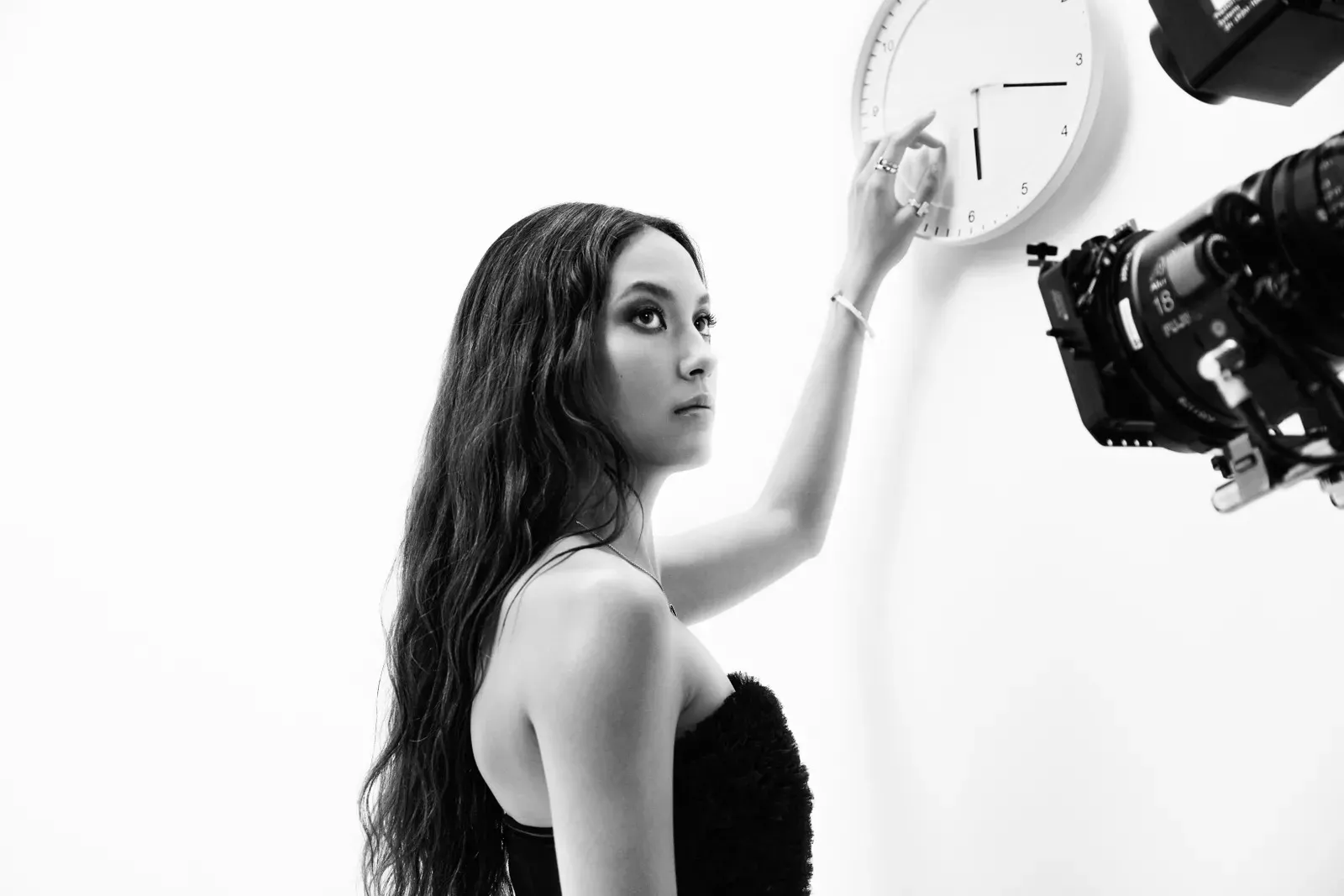Two years after the outbreak of the Covid pandemic, people’s lives began to get back to normal and so did major sporting events. From last year’s Tokyo Summer Olympics, Euro 2020, to the recent Beijing Winter Olympics and upcoming Qatar 2022 World Cup, large competitions have been back on people’s radars for a while. Without a doubt, international competitions are a battlefield for brands to stand out and gain profit from constant exposure during the games.
A shift to women in marketing
In recent years, we have seen an interesting shift in the marketing battlefield: women rhetoric and women athletes are more frequently seen than ever before. For example, the new free ski champion, Eileen Gu has received widespread support from different international brands such as Louis Vuitton, Tiffany & Co., Estée Lauder etc. The snow queen has cashed in 200 million RMB from more than 20 brand endorsements and sponsorships in 2021 alone. After victories in the Winter Olympics, the rising star will continue to be favoured by a lot of brands.
Women rhetoric and women athletes are more frequently seen than ever before.
Coincidentally, Dior invited Winter Olympics speed skating champion, Zhong Hong and rhythmic gymnast, Zhang Doudou alongside many other female athletes in an advertisement for their VIBE collection in 2021. Monica Guo, China’s first female longboard surfing champion, was not only in global commercials for brands such as Chanel, Calvin Klein, Tommy Hilfiger, and Lancôme, but also appeared in fashion publications such as Vogue, Elle, Bazaar, and Marie Claire.
So, why exactly has the brand marketing landscape changed in China?
Last year, we witnessed the fall of several celebrities and KOLs in China, including singer Kris Wu who has been accused of predatory behaviour towards young women, actress Zheng Shuang who was embroiled in a surrogacy scandal, Zhang Zhehan who was cancelled after being called out over photos at a Japanese shrine etc. As a result, brands like Prada, Louis Vuitton, Porsche, Clinique and Elizabeth Arden have suffered great financial loss following the misconduct of their ambassadors.
Working with women athletes can help brands not only to demonstrate positive brand values but also to quickly establish their brand awareness among young female consumers.
Unlike celebrities or KOLs who maintain their status through public support, most female athletes are far away from the crowd and spotlight with less exposure over their personal lives and fewer scandals. They are regarded as more positive role models because of their professionalism in sports. Therefore, many brands have chosen not to take similar risks again and started to seek new fits for themselves – women athletes.
Brands working with women athletes can not only use them to demonstrate positive brand values (for example, a “powerful and confident” female image) to the public but also help brands quickly establish their brand awareness among young female consumers.
Young females are becoming the centre of marketing, especially sports marketing. A recent report by Deloitte predicts that women’s sports marketing will grow by over $1 billion in revenue over the next few years. Further research has shown that by 2030, women’s sport will generate more than $1.36 billion a year.
Women’s football has already become a major event in many countries. After China’s women national football team reclaimed the Asian crown and won the Women’s Asian Cup, women’s football continued to gain popularity in China. Women’s tennis is also a very popular event and sometimes attracts more attention than men’s tennis. However, it is estimated that only 0.4% of sponsorship funds flowed to female sports and women athletes.
After entering 2022, major brands began to recognise the value of women’s sports as cooperation between brands and athletes, and those with a positive image can better resonate with a new generation of the female consumer.
This generation of young women have grown up with confidence, dignity, and pride.
A great example is Nike’s marketing campaign with Chinese snowboarding athlete, Cai Xuetong. The snowboarder said she hoped that there will be more women willing to take risks, to challenge themselves, to become who they want to be. The message behind it is well in line with the rise of feminism and the call for more female presence in China.
Another reason why brands prefer Eileen Gu is the rise of female awareness, especially the rise of Gen Z women who are “products of China’s one-child policy”. Most of them are brought up with the love of the whole family with parents and grandparents pooling all their resources together to help their only child succeed.
This generation of young women have grown up with confidence, dignity, and pride and they are now at a stage where they want to explore life, develop their confidence, and find a core that they can resonate with. In terms of capturing their attention and loyalty, a well-crafted marketing campaign and the use of the right brand ambassadors is something that brands need to take into careful consideration.









